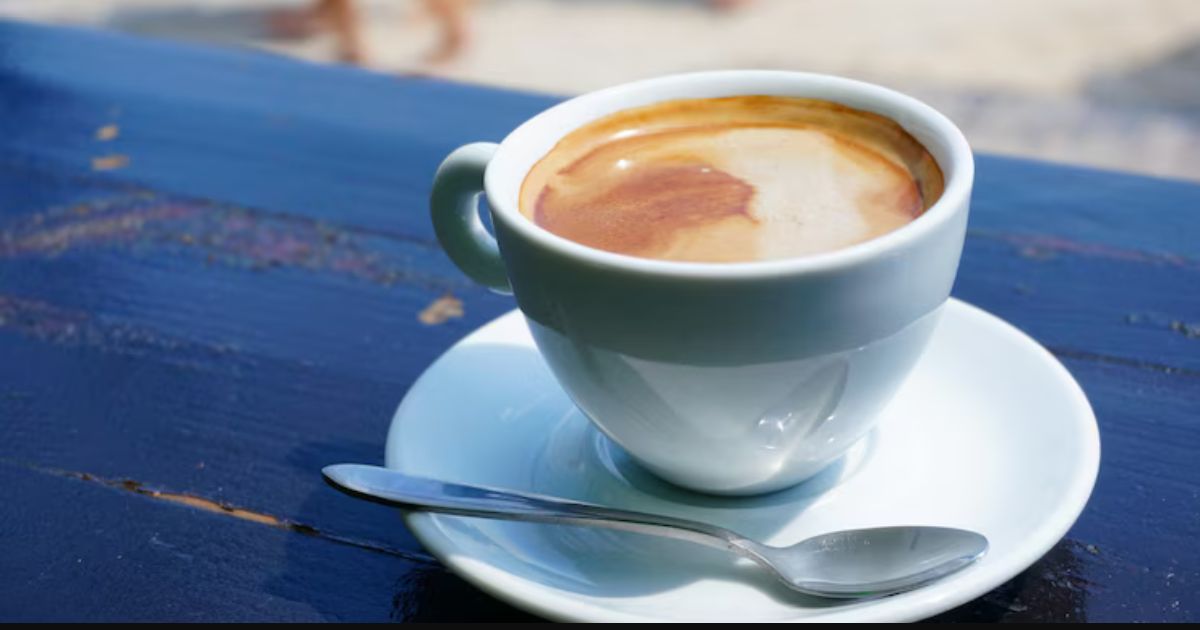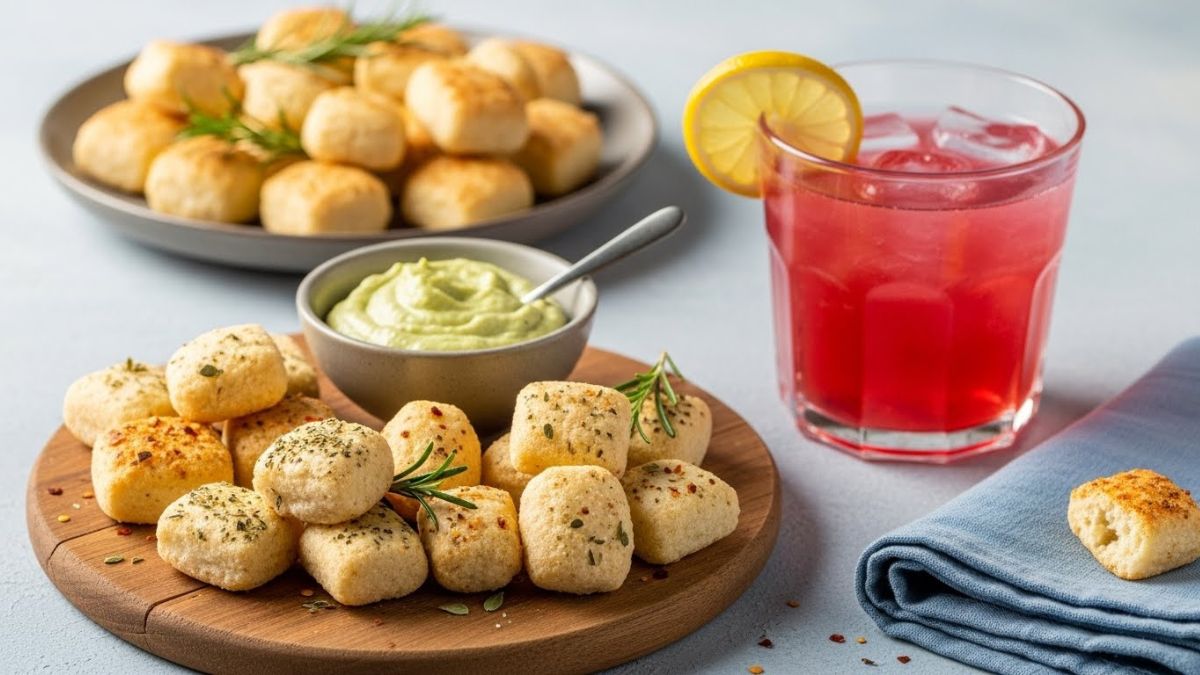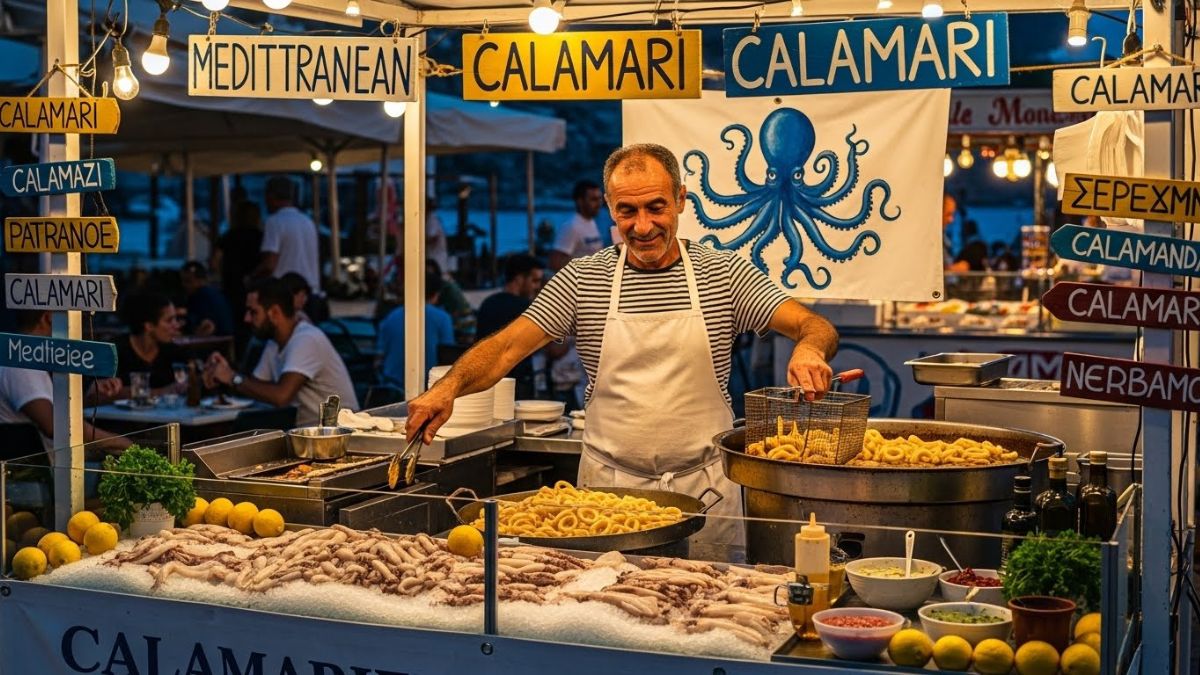Gibraltar coffee is more than just a beverage; it’s a symbol of cultural fusion, tradition, and modern sophistication. Originating from the vibrant melting pot of Gibraltar and popularized by third-wave coffee enthusiasts in the United States, this espresso-based drink blends strength with smoothness, offering coffee lovers a unique sensory experience. Served typically in a clear glass tumbler, the Gibraltar strikes a perfect balance between espresso and steamed milk.
The Origin and Naming of Gibraltar Coffee
The term “Gibraltar” doesn’t refer to the British Overseas Territory itself, but rather to the glass in which the drink is traditionally served—the Libbey Gibraltar rocks glass. This 4.5 oz tumbler became synonymous with the beverage at Blue Bottle Coffee in San Francisco, where baristas began using it to serve a short latte. Over time, the drink itself adopted the name “Gibraltar,” and a new coffee trend was born.
Difference Between Gibraltar and Latte
Although Gibraltar coffee is often compared to a latte, there are subtle but important differences. A latte usually contains more milk and is served in larger cups, while the Gibraltar has a 1:1 or 1:2 ratio of espresso to milk, giving it a stronger and bolder taste. It’s also not meant to be consumed slowly. The smaller size encourages immediate consumption, preserving the espresso’s crema and the milk’s velvety texture.
The Role of Espresso in Gibraltar Coffee
Espresso forms the backbone of Gibraltar coffee. A double shot of high-quality, freshly brewed espresso delivers intensity and depth to the drink. The precision of espresso extraction—grind size, water temperature, and brewing time—significantly affects the final taste. Smooth espresso brings out the drink’s nutty, chocolatey notes, while poor preparation can result in bitterness.
Perfect Milk Texture in Gibraltar
Steamed milk in Gibraltar coffee is microfoamed, meaning it has a smooth, creamy consistency without heavy froth. The temperature is also key—ideally between 130°F to 140°F—to keep the milk from scalding and overpowering the espresso. This balance creates a drink that’s warm, rich, and perfectly textured without the fluffiness of a cappuccino.
Glassware That Defines the Drink
The Gibraltar glass is what sets this coffee apart visually. With its transparent design, it showcases the beautiful layering of espresso and milk. The thick glass retains heat just long enough for the drink to be enjoyed fresh. Its iconic appearance has become a symbol of artisanal coffee culture.
Gibraltar’s Place in Third-Wave Coffee Culture
Third-wave coffee emphasizes origin, flavor, and preparation, moving away from mass-produced blends. Gibraltar coffee became popular in specialty coffee shops as a minimalist, balanced drink that focuses on the purity of espresso and quality of milk. It’s often found in menus of cafes that value craftsmanship and authenticity.
Making Gibraltar Coffee at Home
Recreating Gibraltar coffee at home requires an espresso machine, a milk frother or steam wand, and of course, the Gibraltar glass. Start with freshly ground espresso beans, pull a double shot, then steam your milk to the right texture and temperature. Pour the milk gently into the espresso, letting it blend without losing the crema. The result is a small, potent, and satisfying drink that brings café-quality taste to your kitchen.
Best Coffee Beans for Gibraltar
Beans with rich, full-bodied flavors work best for Gibraltar. Medium to dark roasts with chocolate, caramel, or nutty profiles enhance the drink’s character. Single-origin beans from Central America or blends crafted for espresso are commonly preferred. The key is freshness—using beans within two weeks of roasting ensures maximum flavor.
How Cafés Serve Gibraltar Coffee
In specialty cafés, Gibraltar coffee is often treated as a secret menu item or barista favorite. It might not appear on standard menus but can be requested by name. The preparation is precise, and presentation is simple yet elegant. Some cafés add a touch of latte art on top, enhancing the visual appeal.
Cultural Perception and Popularity
Though named after a glass, Gibraltar coffee resonates with those seeking a refined coffee experience. Its concise size and rich flavor appeal to coffee connoisseurs who want more than a traditional latte but less than a straight espresso. In recent years, it has earned a cult following, especially among people who appreciate minimalism in their coffee choices.
Gibraltar Coffee vs. Cortado
The Gibraltar is often confused with the cortado, another espresso-and-milk drink. The difference lies mainly in cultural interpretation and serving style. A cortado, from Spain, typically uses equal parts espresso and steamed milk, often served in a smaller glass. The Gibraltar has a slightly higher milk ratio and is served in the Gibraltar tumbler, giving it a distinct identity.
Why Gibraltar Coffee Has a Loyal Following
The balance of strength and smoothness in Gibraltar coffee makes it a go-to for coffee purists. It’s small enough to savor quickly but complex enough to appreciate slowly. It doesn’t overwhelm with milk or blast the palate with espresso—it strikes a harmony that’s hard to find in other drinks.
How Gibraltar Coffee Inspires Modern Baristas
Baristas love Gibraltar because it offers room for creativity while honoring tradition. From perfecting the pour to showcasing latte art in a small glass, the drink challenges baristas to balance technique and flavor. It also invites conversation—many customers ask about the unique name and origin, deepening their appreciation for the craft.
Tips for Ordering Gibraltar Like a Pro
Not all cafés advertise Gibraltar coffee, so don’t be afraid to ask. If the barista is familiar with third-wave coffee trends, they’ll likely know exactly what you mean. Specify you’d like a short latte or espresso with a touch of steamed milk in a small tumbler. Knowing how to order shows you’re not just a coffee drinker—you’re a coffee enthusiast.
Conclusion
Gibraltar coffee is a hidden gem in the world of espresso-based drinks. From its humble beginnings in a San Francisco café to its global recognition among coffee lovers, it represents the perfect middle ground—rich like an espresso, smooth like a latte, and elegantly served in a tumbler glass. It’s a drink of balance, artistry, and simplicity, perfect for anyone who wants to experience the true essence of coffee.
FAQs
Is Gibr’altar coffee stronger than a latte?
Yes, Gibraltar has less milk than a latte, making the espresso taste more pronounced and the drink overall stronger in flavor.
Can I make Gibr’altar coffee without an espresso machine?
While traditional Gibraltar coffee uses espresso, you can mimic it using a strong brew from an AeroPress or moka pot, but the taste may slightly differ.
Is Gib’raltar coffee the same as cortado?
They are very similar, but Gi’braltar is typically served in a specific glass and might have slightly more milk than a traditional cortado.
Why is it called Gibr’altar coffee?
It’s named after the Gib’raltar glass tumbler in which it’s served, not the British territory of Gibraltar.
What’s the best milk to use in Gibr’altar coffee?
Whole milk is ideal for texture and taste, but alternatives like oat or almond milk can work if microfoamed correctly.











